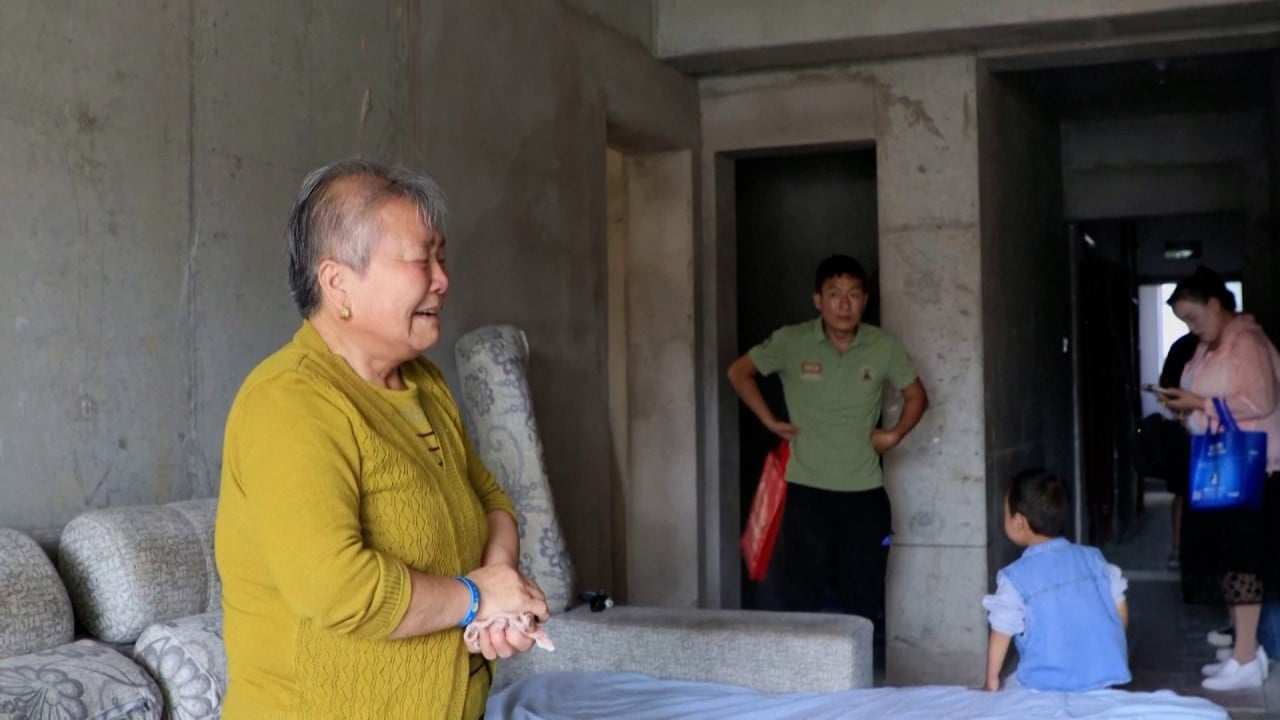
Bank of East Asia cut its exposure to China’s troubled commercial property sector last year
- The lender’s non-performing loans in mainland China dropped by 0.47 percentage points to 2.68 per cent at the end of 2023 compared with the first half
- BEA’s net profit dropped 5.5 per cent to HK$4.12 billion for the whole of 2023, missing the HK$5.53 billion expected by analysts
The bank’s debt in the country’s commercial real estate sector has come down to 7.7 per cent of total lending, just over half what it was two years ago, and is expected to continue downwards. Yet BEA still made significant provisions for bad loans.
Another 1 per cent decrease in the proportion of commercial property debt can be expected in the next year, the bank said.
“Some 82 per cent of these provisions were related to the Chinese [commercial property] sector.”
The bank took a proactive approach to extending more loans covered by collateral in the past year, especially in high risk sectors.
“The group’s coverage ratio without collateral declined to 35.8 per cent from 50.4 per cent at 2022 year-end,” said Dawn Tao, BEA’s chief financial officer. “A few of our new impact loan accounts in 2023 are collateralised. So significant provisions were not necessary.
“Loans with higher uncertainties over repayment were written off. The remaining loans in our portfolio have lower coverage, but better recoverability prospects.”
BEA’s net profit dropped 5.5 per cent to HK$4.12 billion for the whole of 2023, from HK$4.36 billion the previous year, missing the HK$5.53 billion expected by analysts polled by Bloomberg.
“Excluding two extraordinary items booked in 2022, namely the gain recorded on sale of our insurance subsidiary and the one time shared profit from an associate, profit before tax would have recorded a 74.6 per cent year-on-year increase,” Li said.
It announced an additional HK$500 million budget to continue its share buyback programme, which started in the second half of 2022.
BEA is betting on Hong Kong’s expanding role in the Greater Bay Area to tap the growing affluence and potential for wealth management in southern China. Last month, the bank opened its 18-storey BEA Tower in the Qianhai special economic zone in Shenzhen.
The new office building, with a gross floor area of 460,000 square feet, houses the bank’s Qianhai branch and also a fintech innovation centre called Beast – which refers to BEA and start-ups – that supports innovative companies in Qianhai and Shenzhen.


